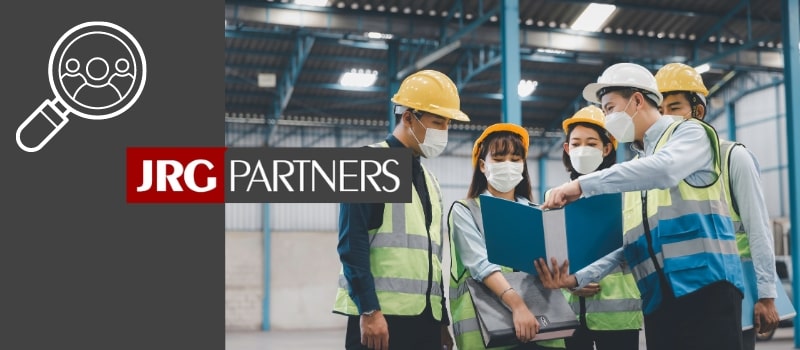Occupational Health and Safety (OHS), also known as workplace health and safety, is a multidisciplinary field focused on ensuring the health, safety, and well-being of employees in the workplace by identifying, assessing, and mitigating occupational hazards, risks, and exposures that may cause injury, illness, or harm. OHS encompasses a range of activities, programs, policies, and regulations aimed at creating safe and healthy work environments, preventing accidents and injuries, and promoting employee wellness and productivity.
Key components and principles of occupational health and safety include:
- Hazard Identification and Risk Assessment: OHS professionals conduct hazard assessments and risk evaluations to identify potential workplace hazards, such as physical, chemical, biological, ergonomic, and psychosocial hazards, that may pose risks to employees’ health and safety. Risk assessments help prioritize hazards based on severity, likelihood, and potential consequences, allowing employers to implement control measures to mitigate risks effectively.
- Safety Policies and Procedures: Employers develop and implement OHS policies, procedures, and guidelines to establish clear expectations, standards, and protocols for maintaining safe and healthy work environments. OHS policies address a wide range of topics, including emergency preparedness, accident reporting, hazard communication, personal protective equipment (PPE), workplace violence prevention, and ergonomic practices.
- Safety Training and Education: Employers provide OHS training and education to employees to increase awareness, knowledge, and skills related to workplace hazards, safe work practices, and emergency procedures. OHS training programs cover topics such as hazard recognition, risk assessment, injury prevention, emergency response, and regulatory compliance, tailored to the specific needs and responsibilities of different job roles and work environments.
- Safety Committees and Representatives: Employers establish safety committees or designate safety representatives comprising management and employee representatives to facilitate communication, collaboration, and engagement in OHS matters. Safety committees promote employee involvement in identifying hazards, recommending improvements, reviewing incident reports, and developing solutions to enhance workplace safety culture and performance.
- Regulatory Compliance: OHS programs and practices must comply with applicable laws, regulations, codes, and standards established by government agencies, such as the Occupational Safety and Health Administration (OSHA) in the United States or similar regulatory bodies in other countries. Regulatory compliance ensures that employers provide safe working conditions, hazard-free workplaces, and protections for employees’ health, safety, and welfare as mandated by law.
- Continuous Improvement: OHS programs embrace a culture of continuous improvement, emphasizing ongoing evaluation, monitoring, and refinement of safety practices and procedures to address emerging risks, technological advancements, regulatory changes, and organizational needs. Continuous improvement efforts aim to enhance safety performance, reduce accidents and injuries, and foster a proactive approach to preventing occupational hazards and incidents.
Occupational health and safety is a shared responsibility among employers, employees, government agencies, industry organizations, and other stakeholders, requiring collaboration, commitment, and accountability to create and maintain safe and healthy workplaces. By prioritizing OHS initiatives, investing in prevention strategies, and fostering a culture of safety excellence, organizations can protect their most valuable asset—their employees—and achieve sustainable business success, productivity, and employee well-being
You may also be interested in learning about these terms:
Occupational Health and Safety (OHS)
Continuous Improvement
Employee Value Proposition (EVP)


